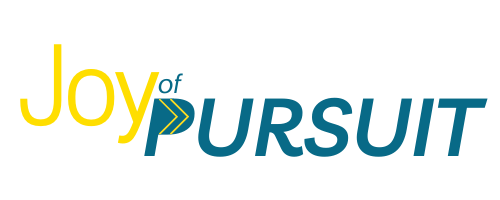New Hire Success: A Guide to Differentiating Employee Onboarding from Orientation
When it comes to assimilating new hires in the workplace, the terms employee “onboarding" and "orientation" are often used interchangeably. This lack of distinction can result in new hires searching for clarity and leave your team puzzled about their specific roles in the process. While these processes share a common goals of integrating new hires into the organization, understanding their unique functions can significantly enhance a company's ability to nurture a thriving workforce. Let’s explore the differences between these two processes and how they support each other.
Employee Orientation: The Prelude to Integration
Employee orientation serves as the organization's first greeting to new hires, acting as a preliminary introduction that establishes the foundation for their journey within the company. Typically spanning a few days, this process marks the initial interactions between the newcomers and their employer. The primary goal of orientation is to furnish a comprehensive introduction to the company's mission, values, and culture, facilitating the adjustment of new employees to their new professional environment.
During orientation, employees are introduced to the organization's history, mission, vision, and core values. This phase aims to instill a sense of belonging and alignment with the company's broader objectives. Basic administrative tasks, such as paperwork completion, introduction to company policies, and a tour of the physical workspace (or digital), are also integral components of orientation.
Additionally, orientation often includes introductions to key personnel and fostering connections with colleagues and supervisors. By laying the groundwork for interpersonal relationships, orientation establishes a supportive network that eases the transition for new hires.
In essence, employee orientation serves as the foundation upon which the more extensive onboarding process is built. It provides the initial context and framework, creating a sense of organizational identity for newcomers. Typically, orientation should be consistent for all new hires and not train them on their job specifics.
Employee Onboarding: Crafting a Lasting Connection
While orientation lays the foundation, employee onboarding is the in-depth process that follows, ensuring a nurturing connection between the new employee and the organization. Onboarding is an extended and strategic initiative that can span weeks or months (most often, 90 days), extending far beyond the initial orientation period.
The core objective of employee onboarding is to integrate new hires into their roles and teams. It involves detailed training, skill development, and a comprehensive understanding of the employee's specific responsibilities. Unlike orientation, onboarding is tailored to the individual's position, focusing on job-specific competencies and skills necessary for success.
During the onboarding process, employees receive in-depth training on the tools, systems, and processes relevant to their roles. They are guided through the organizational structure, learning about team dynamics, and establishing a clear understanding of their contribution to the company's goals.
Employee onboarding also goes beyond the technical aspects of the job. It aims to foster a sense of engagement and commitment by integrating employees into the organizational fabric. This may involve mentorship programs (read more about the benefits of mentorship here), continuous feedback mechanisms, and opportunities for professional development.
One crucial aspect of onboarding is its duration. Unlike the relatively brief orientation period, onboarding is an ongoing process that extends well into the employee's first few months on the job. This extended timeline allows for a more nuanced approach to skill development and relationship-building, contributing to a more seamless integration into the organizational culture.
Striking a Balance
While employee orientation and onboarding may have distinct roles, it's essential to recognize their interdependent relationship. Orientation lays the groundwork, providing the initial introduction to the organization, while onboarding refines and deepens the connection, ensuring that new hires not only understand but actively contribute to the company's success.
While the terms "employee orientation" and "employee onboarding" are often used interchangeably, understanding their unique functions is crucial for organizations aiming to create a supportive and nurturing environment for their newest team members. By seamlessly blending the introductory aspects of orientation with the strategic depth of onboarding, companies can create a harmonious onboarding experience that sets the stage for long-term employee success and satisfaction.
Ready to learn more onboarding strategies that will boost employee retention?
Download The Onboarding Process Toolbox (it’s FREE).
Get a copy of The Onboarding Process: How to Connect Your New Hire.
Dive into The HR Course for Small Businesses.
Welcome to Joy of Pursuit!
Pursuing your small business goals can be challenging.
Whether you are a company of one or have a team, I can assist you with building the small business of your dreams.







